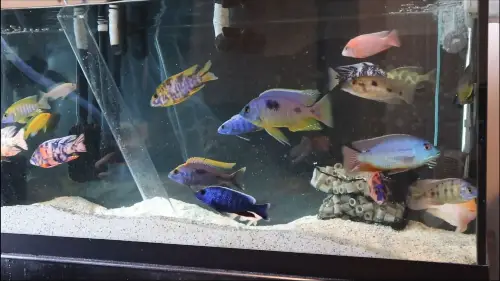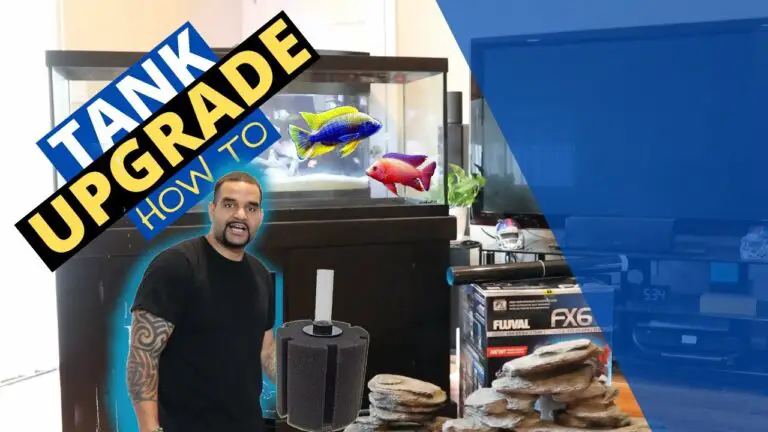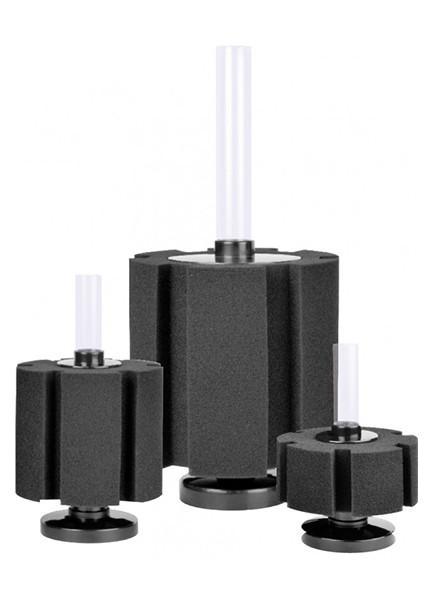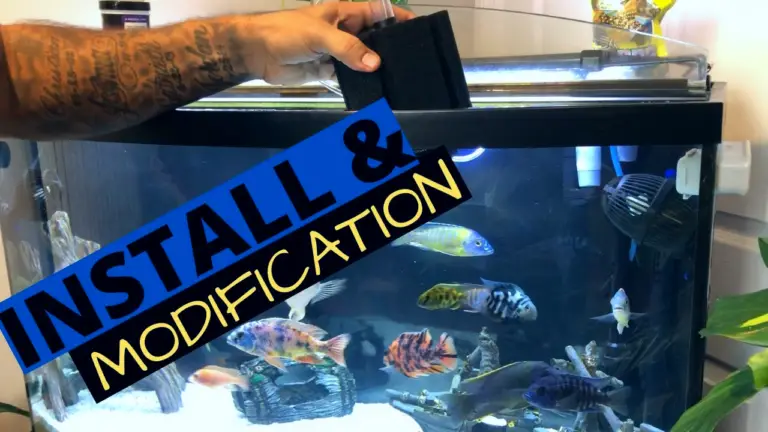Easy Beginner’s Guide: Daily to Monthly Routine Aquarium Maintenance
Maintaining the health of your fish’s environment is an important component of keeping them happy and healthy. Routine aquarium maintenance is essential for keeping the aquarium in tip-top shape.
One challenge for beginner aquarists is determining what type of maintenance to do and when to do it. Experts may argue on specific topics of aquarium maintenance, but everyone believes that following any form of regular regimen is preferable to no maintenance at all.
Each aquarium is unique to the tank size, the type of fish it houses as well as the amount of fish, and other variables. You can use the following information as a guide to get you into your own unique routine.
Why Do Routine Aquarium Maintenance?
Aquarium owners frequently overlook maintenance. After all, they have a filter and some bottom-feeding fish to clean up debris. So, what else is required? Some would argue that no one is cleaning the rivers, lakes, or oceans and that the fish are OK. So, what’s the point of cleaning an aquarium?
That is an excellent question. Mother Nature doesn’t stay still; she does an excellent job of cleaning up after herself in the great outdoors. Lakes, rivers, and oceans are huge bodies of water with flowing currents and waves. Rain brings in new water, and living plants produce oxygen while absorbing carbon dioxide. The sheer amount of water also helps to dilute any potentially dangerous toxins.
In comparison to natural bodies of water, an aquarium carries a minimal amount of water. When you consider that it is a closed system, it becomes very different from a natural ecosystem. Nothing goes into or out of the aquarium unless you intervene.
Filters are obviously beneficial, but if they are not maintained, they become clogged and cease to function correctly. Meanwhile, fish excrement continues to accumulate, uneaten food decays, and potentially hazardous byproducts accumulate – such as ammonia due to the nitrogen cycle.
The only way to keep an aquarium clean is to schedule routine aquarium maintenance and test water parameters regularly.

Frequency of Maintenance
Now, we’re not suggesting you clean every surface in your aquarium daily – that’s neither practical nor healthy. In fact, cleaning everything in the aquarium at the same time is never a good idea. Or is it?
Cleaning colony-rich regions, such as the filter and the substrate, should be staggered to reduce the impact on beneficial bacteria. If the bacterial colonies are disturbed too much, the nitrogen cycle can be disrupted, resulting in an increase in ammonia and nitrite.
Daily
Here is a list of daily aquarium maintenance checks that can be done in a matter of minutes:
- Count and observe fish: Count the fish and make sure they look healthy. When you feed them, this is a wonderful time to do this since they will be out and easy to monitor.
- Visual equipment check: Perform a brief visual inspection of the aquarium to confirm that the filter is operating at full capacity, the lights are working correctly, and any other equipment is operational.
- Temperature check: Check the water temperature to verify it is within the acceptable range.
- Remove uneaten food: Examine the tank after they have done eating to check if there is any uneaten food on the bottom. If there is often uneaten food remaining after five to ten minutes, reduce the amount of food you give your fish at each feeding.
- Top off the water level: If the water level falls, replenish it with treated or aged water as needed.
- Logbook: If you haven’t already, now is an excellent time to start an aquarium logbook. While there is no need to document everything, anything out of the norm should be noted on your daily inspections. This allows you to spot any emerging patterns.
Weekly/Bi-Weekly
Some experts recommend weekly water changes, while others recommend doing them bi-weekly. For example, with our African cichlid tank, we do a large water change every week – watch this video to learn more about when to do a water change:
That said, the exact frequency is not crucial as long as you do water changes every couple of weeks. However, before doing the water change, complete the other weekly and bi-weekly activities:
- Wipe down outside surfaces: Wide down the outside of your aquarium’s surfaces with a damp cloth or a non-ammonia aquarium cleanser.
- Shake debris off plants: Shake plants gently to dislodge debris, whether they are real or fake.
- Scrape inside glass: Scrape the inside of the glass to remove any algae, then take a ten or fifteen-minute break to allow things to settle.
- Siphon substrate: To eliminate the settled debris, gently siphon the substrate.
- Partial water change: Finally, do a water change.
- Logbook: Make a note of the maintenance you completed and anything strange that occurs in the tank in your logbook.
Monthly
Here is a list of monthly aquarium maintenance checks that you can use as a guide:
- Water tests: Water testing should be done regularly to guarantee that nothing unknown is brewing. pH, ammonia, nitrite, and nitrate levels should all be checked. Before doing any water changes or other maintenance, conduct water testing. The API Freshwater Master Test Kit is the perfect all-in-one water test kit.
- Trim live plants as needed: Inspect living plants, remove any dead leaves, and trim any extra growth.
- Perform weekly/bi-weekly tasks: Following, complete the weekly/bi-weekly cleaning tasks, followed by a water change.
- Change or clean filter media*: Replace the filter media if it is extremely unclean or clogged. However, avoid changing all of the filter material at once. Instead, save some of the media to avoid losing too many beneficial bacteria colonies.
- Logbook: Again, make a note of the maintenance you completed and anything strange that occurs in the tank.
* Regarding your filter cleaning – watch the video below to find your own schedule (each aquarium is unique):
Periodically
Aside from the planned maintenance jobs, there are a few things that should be done on an as-needed basis:
- Replace light bulbs: Change light bulbs once a year, whether or not they are burned out.
- Inspect and clean tubing: Inspect the air pump tubing and, if you have a canister filter, the filter tubing.
- Clean filter intake: Using a filter brush, clean the canister filter intake.
- Fertilize plants: Fertilize any live plants you have.
Cleaning Equipment
To perform your routine aquarium maintenance, you’ll need to invest in proper cleaning equipment (don’t worry, it’s not a lot). A bucket is an aquarist’s best friend (aside from their fish). All of these items can be kept in the aquarium bucket to make cleaning time more efficient:
- Water bucket
- Siphon
- Algae scrubber
- Filter brush
- Aquarium safe cleaner
- Cleaning cloths/paper towels
- Replacement filter media
- Scissors to trim plants
Get Crystal Clear Aquarium Water
Having a routine aquarium maintenance schedule (and sticking to it) will definitely keep your aquarium clean and pristine as well as keep your fish happy and healthy. Level up your aquarium water to a crystal clear aquascape. Learn more about the easiest, fastest, and cheapest way to achieve crystal clear water.

-
Easy Beginner’s Guide: Daily to Monthly Routine Aquarium Maintenance
Routine aquarium maintenance is essential to the health of your aquarium and your fish. But what should you do and when? Learn more from KaveMan Aquatics.







